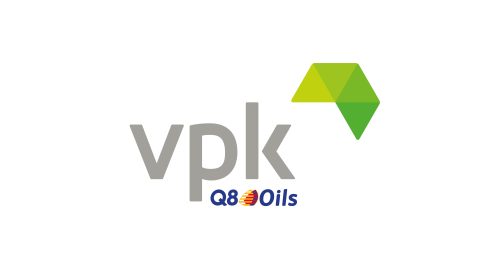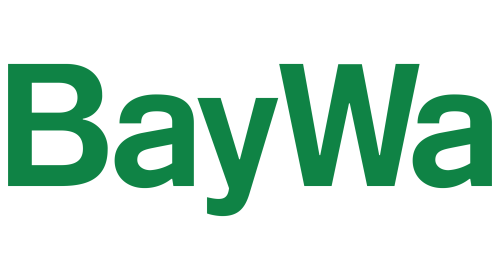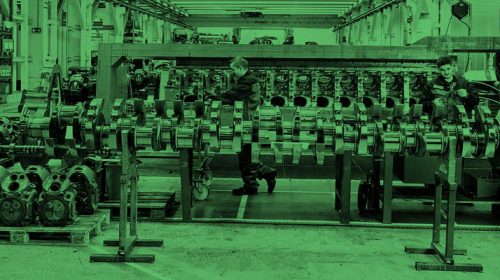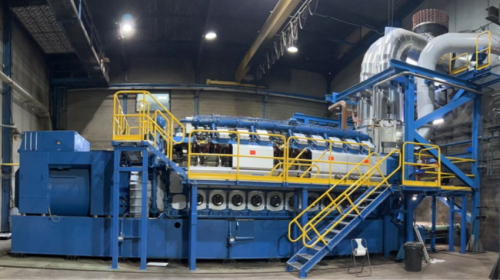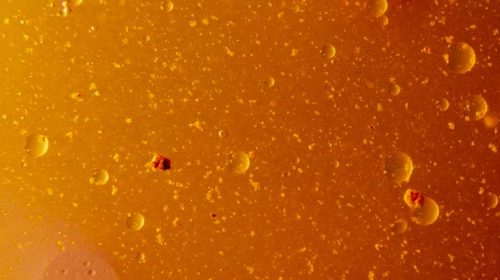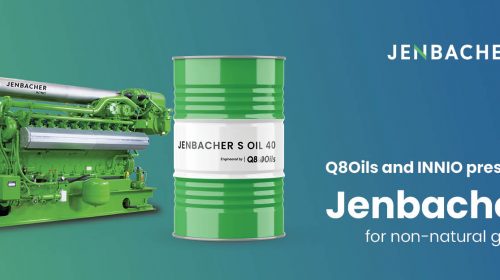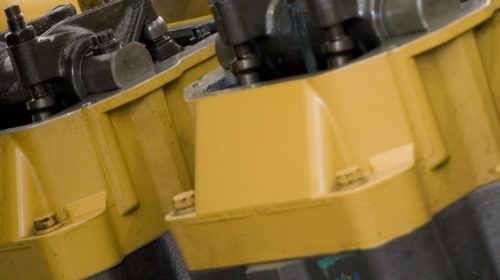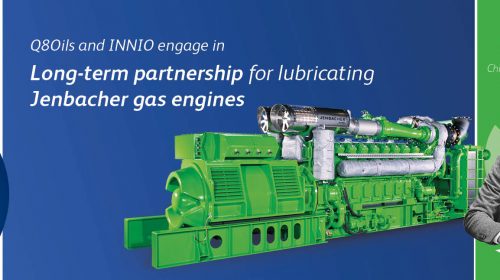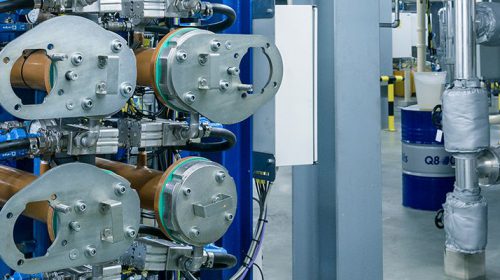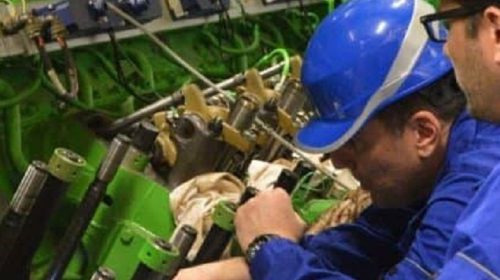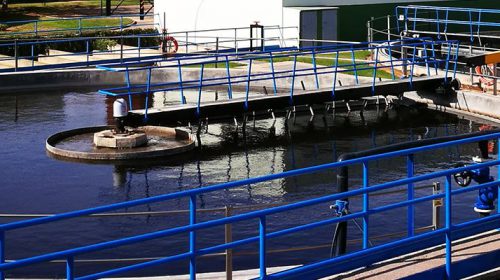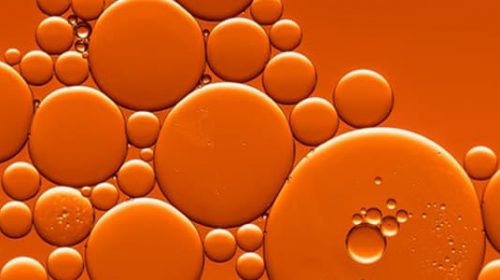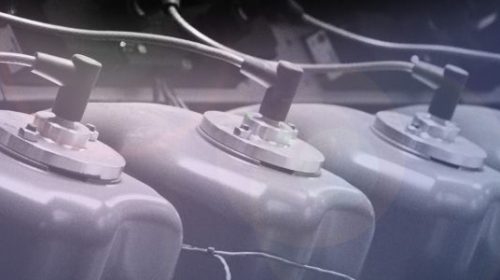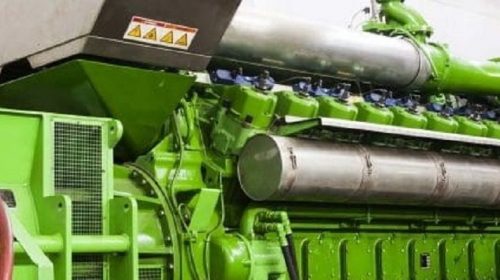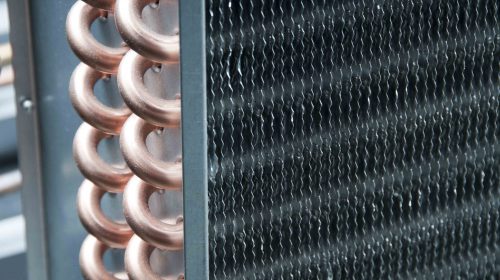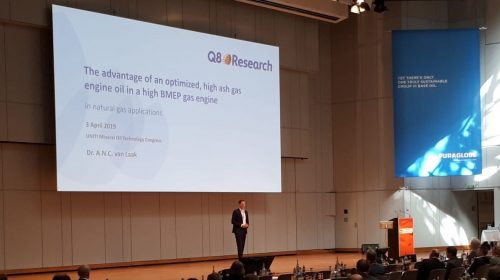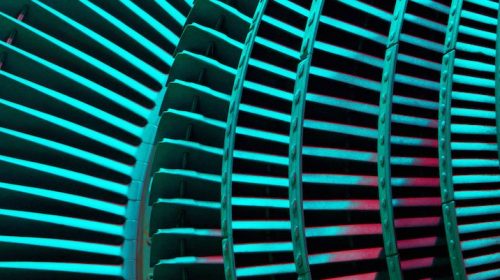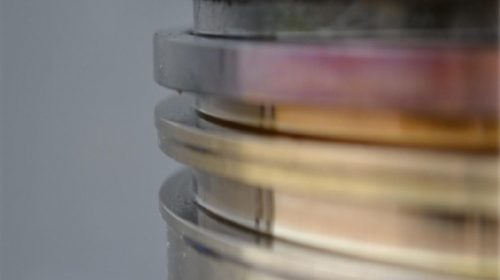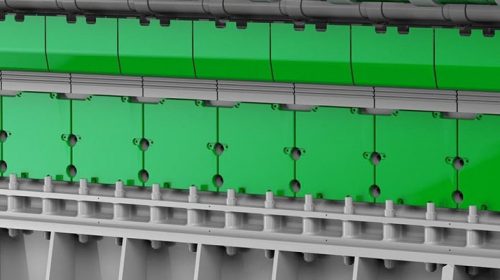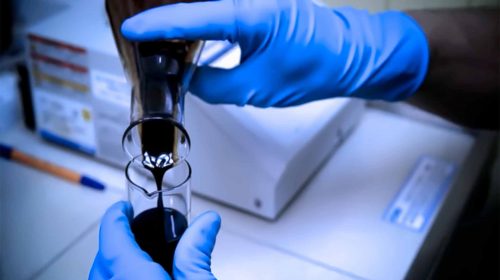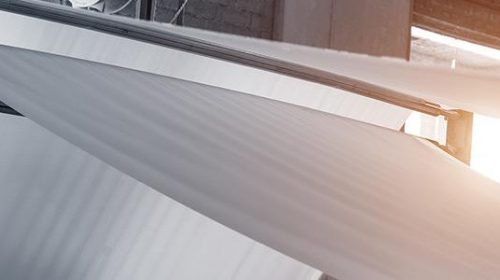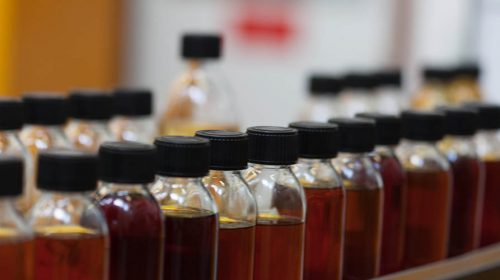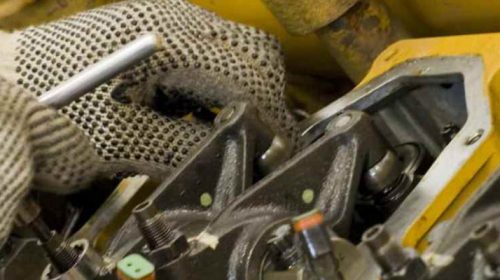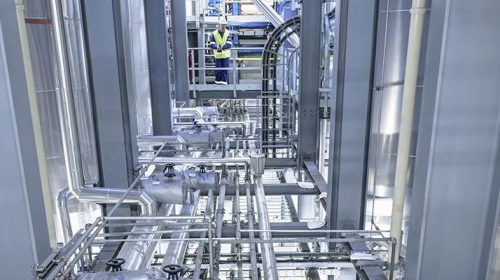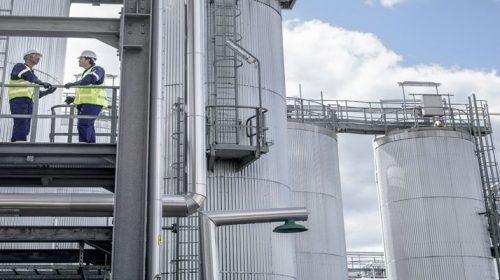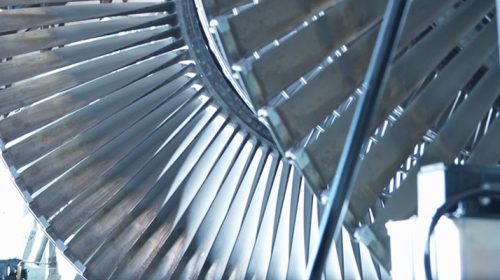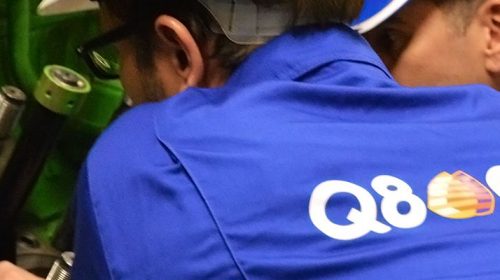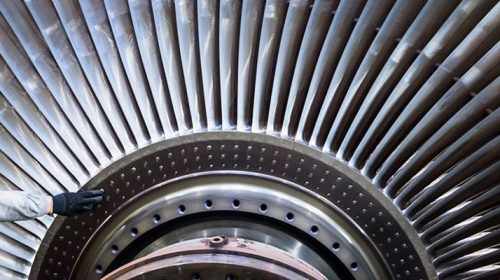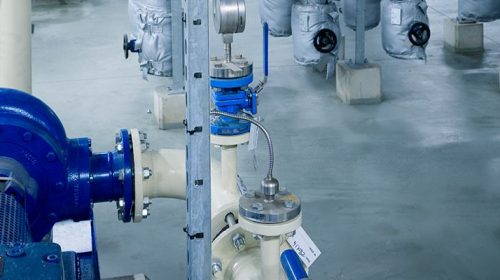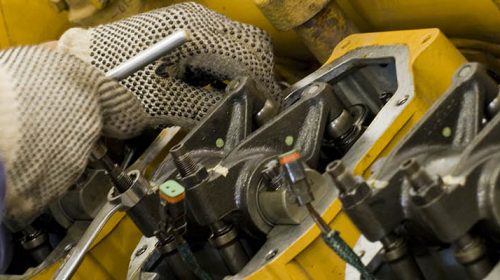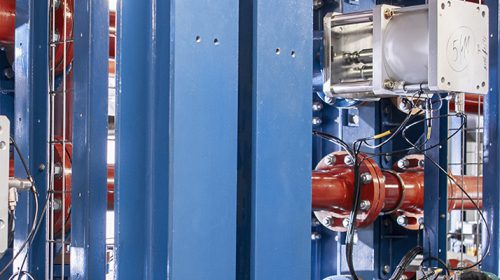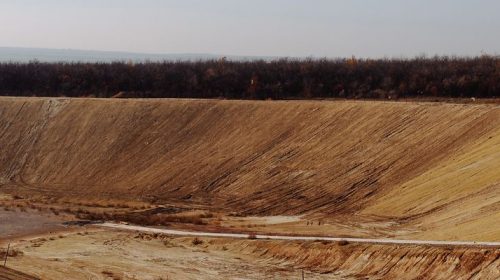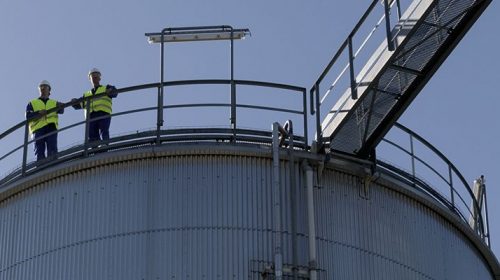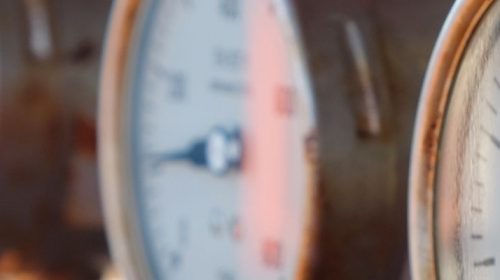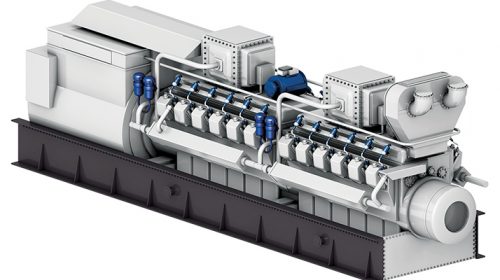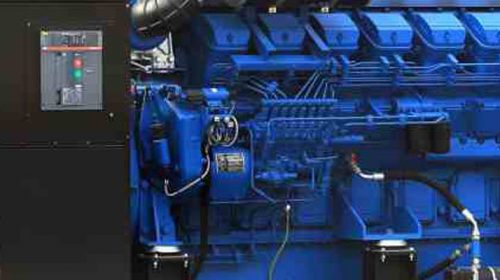Avoiding oil contamination is crucial for the performance and long-life of your machine. Preventing contaminants from entering the fluid system is an impart part of any contamination control strategy. This article explains the three most common ways contaminants can enter your fluid system.
Oil contamination is one of the main causes of equipment failure and machine downtime. Once contaminants occur in the lubricant, they accelerate the wear rate dramatically, because abrasive wear can cause a chain reaction in lubricated machinery. Only a minimal amount of contamination can affect bearings and other sensitive components. Even particles smaller than 5 micron can disrupt the lubricant film and cause a great amount of wear. That is why avoiding oil contamination is crucial for the long-life of your equipment.
The most effective contamination control strategy
There are two ways to control contaminants: prevention and removal.
Since neither method is sufficient on its own, both must be considered for an effective contamination control strategy.
However preventing contaminants to enter your system is significantly easier and cheaper than removing contaminants, since the removal goes hand in hand with machine downtime.
3 ways contaminants can enter fluid systems
To prevent contamination, you must understand the possible contamination sources and where and how they enter the system.
Many people erroneously think that contaminants only come from external sources and are introduced by ingression points like breathers, seals, hatches, ports or other inlets. However not all contaminants are generated by external sources.
In general there are three types of contamination:
- Contaminants from external sources
- Contaminants from internal sources
- Contaminants created by human interaction
Contaminants from external sources
There are many ways particles can enter a system from the outside. Not only poor seal design and worn seal materials, but also operational and environmental conditions can lead to contaminant ingression.
These are the most common weak points of systems from which external contaminants can enter the system:
- Damaged shaft seal points
- Seals in hydraulic systems leak externally and internally as contaminants damage the seal materials during long-term operation.
- Breathers are a potential ingression point for dust, soil, moisture or other contaminants.
- Even when a system is equipped with a breather, gaps in the hatches or ports can be an ingression point for air and particles.
Contaminants from internal sources
Some elements of a lubricant itself can turn into contaminants. As a result of long-term usage, oxidation or thermal degradation, these particles can result in oxidation insolubles, sludge, etc.
These are the most common internal contamination sources:
- The ingression of water can lead to rust, causing corrosion and the formation of iron oxides.
- The thermal breakdown of hydrocarbons can lead to the formation of soot.
- Aging seals, hoses, filters or other materials can generate fibers in the system, being a source for contaminants.
- When the lubrication characteristics of the fluid diminishes, friction between system components can lead to wear, resulting in the formation of particles and contaminants.
Contaminants created by human interaction
Every lubrication system needs periodic maintenance from time to time. Though being crucial for the long-life of your machine, these human interactions can also lead to the formation of undesired contaminants.
When changing the lubrication fluid, the new lubricant is often not clean, containing potential contaminants.
Machine reparations and component replacements can also lead to contaminant ingression. In some cases the fluid reservoir may be exposed to welding spatter, sealants, debris or other external elements that can lead to serious fluid contamination.
Oil analysis: the best protection against contamination
To avoid premature equipment failure, we recommended to both prevent and remove contaminants when needed.
But how can you know that your fluid is contaminated? And how do you know when is the right time to perform an oil change?
The answer is easy: by implementing a comprehensive oil sampling and analysis program to monitor the lubricants’ condition and overall machine health.
When you are confident that contamination from external particulates is under control, oil analysis and condition monitoring equipment that identifies a high amount of contaminants could be a warning signal for a developing abnormal wear situation.
Q8 Routine Analysis Service
At Q8Oils we offer the Q8 Routine Analysis Service (QRAS) to our customers and partners to monitor their oil and components condition.
QRAS helps to lengthen the life of your engine or machine, reduce operating costs and optimize the lubrication program. It enables preventive maintenance, reduces repair costs and avoids production downtime, which is key in all industries and sectors. It also allows to analyse problems and their possible causes.



